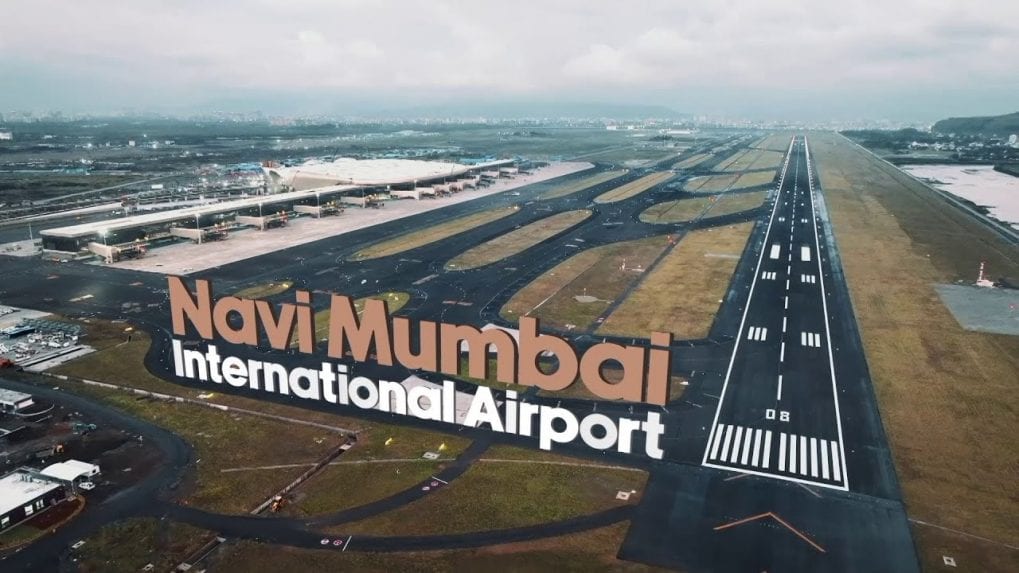New Mumbai Airport - all you need to know: PM Modi to unveil airport, ushering in India’s next era in aviation
Prime Minister Narendra Modi will inaugurate the ₹19,650-crore Navi Mumbai International Airport, a landmark project set to ease congestion at Mumbai’s main airport and strengthen India’s position as a global aviation hub.
ADVERTISEMENT
Prime Minister Narendra Modi will inaugurate Phase 1 of the Navi Mumbai International Airport (NMIA) on Wednesday afternoon, in what officials are calling a landmark step in India’s infrastructure drive. The ₹19,650-crore project is expected to relieve severe congestion at Mumbai’s existing airport and reinforce the metropolis as a premier global air hub.
A Second International Gateway for Mumbai
NMIA—India’s largest greenfield airport built under a public–private partnership—will operate alongside Chhatrapati Shivaji Maharaj International Airport (CSMIA). Together, the two are intended to position Mumbai among a select group of cities globally with multiple international gateways.
The airport is being developed by Navi Mumbai International Airport Limited (NMIAL), a special-purpose vehicle in which the Adani Group holds a 74 percent stake and the Maharashtra government (via CIDCO) holds 26 percent.
Phase 1 will include one terminal and one runway, with capacity to handle 20 million passengers and about 0.8 million metric tonnes of cargo annually.
The full master plan contemplates four terminals and a cargo throughput capacity of 3.25 million tonnes.
The airport’s aerodrome licence was approved by the Directorate General of Civil Aviation (DGCA) on September 30, clearing the path for operations.
Design, Technology, Sustainability
The airport occupies roughly 1,160 hectares in Ulwe, some 37 km from South Mumbai.
Among its core features is an Automated People Mover (APM) system, linking all four planned terminals internally, as well as a landside APM to connect passengers with external transport systems.
Sustainability has been built into the design. The airport is to include dedicated storage for Sustainable Aviation Fuel (SAF), generate up to 47 MW of solar power, and deploy electric buses for internal transit.
Officials also tout that NMIA will be India’s first airport connected via water taxi — an innovative, greener transit option across waterways.
Further technological elements are expected: the airport is reportedly 5G-enabled, with IoT monitoring across operations, and will use India’s Digi Yatra platform for contactless movement through security, immigration, and boarding.
Strategic and Economic Implications
Officials and analysts alike view NMIA as more than a relief valve for Mumbai’s air traffic — it’s a deliberate bet that India can develop a truly domestic aviation hub. The infrastructure is being structured so that carriers like Air India and IndiGo can launch direct flights to Europe and the U.S., reducing dependency on foreign hubs.
Transit efficiency is a key element. The government plans for NMIA to allow immigration clearance for connecting international flights at the airport itself, akin to major global hubs. In effect, passengers arriving from Tier II or III cities could transit to international flights without re-clearing immigration at Mumbai.
Within the first month, the airport is expected to operate about 12 aircraft movements per hour, on a 12-hour schedule, ramping up over subsequent months to 30 movements per hour.
The airport’s cargo potential also factors into broader national ambitions. Positioned close to industrial zones, with proximity to warehousing and logistics hubs, NMIA is expected to reduce transit times and create a stronger export corridor in and out of Mumbai’s hinterland.
To complement the airport, Maharashtra’s CIDCO is preparing a master plan for a new “aerocity” around NMIA, with the aim of fostering integrated urban growth, real estate development, and ancillary commercial infrastructure.
Outlook
With PM Modi’s inauguration, NMIA will enter its public phase, but full operationalization is expected only by December 2025.
Commercial flights are projected to begin within weeks of the formal opening.
Critically, Mumbai has outgrown the handling capacity of its existing airport. While CSMIA has been operating near or even beyond its practical limit (≈ 55 million passengers annually vs. demand of ~ 75 million), NMIA offers a release valve that could redefine the city’s aerial infrastructure for generations to come.
If the airport can scale as intended — and if airlines, regulators, and land-side infrastructure keep pace — NMIA could become a cornerstone of India’s ambition to become a global aviation and cargo hub.

